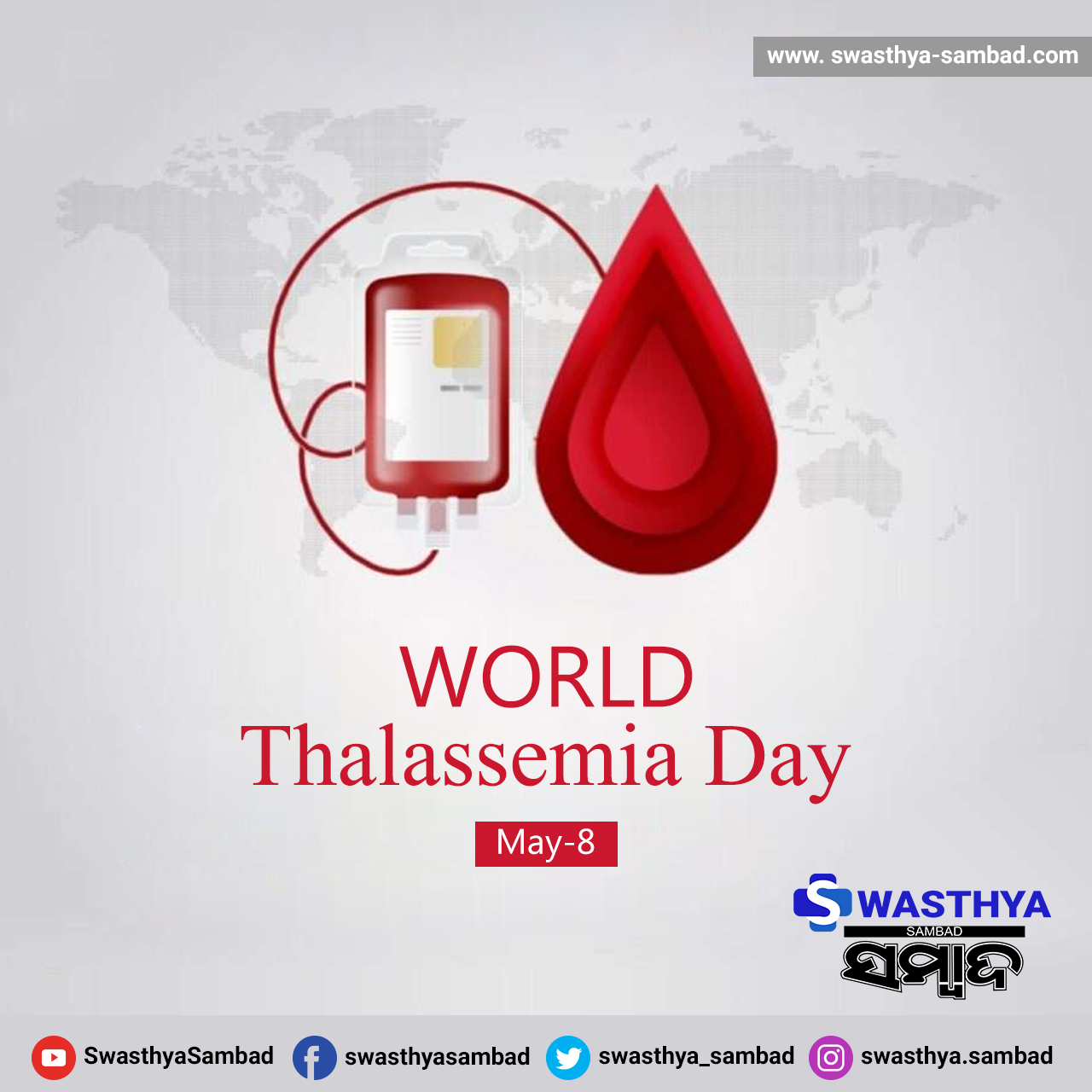World Thalassemia Day is observed every year on May 8 to raise awareness about the genetic blood disorder and other blood disorders. The day honours people who have battled this hereditary condition and raises awareness about its symptoms. The day was established in 1994 by the International Federation of the disorder named TIF.
This day aims to raise awareness of the condition and assist thalassemia patients in living a normal life notwithstanding the disease’s burden.
What is Thalassemia?
It is an inherited blood disorder that causes your body to have less hemoglobin than normal. Hemoglobin enables red blood cells to carry oxygen. It can cause anemia, leaving you fatigued.
Theme
2023’s theme is “Be Aware. Share. Care: Strengthening Education to Bridge the Thalassaemia Care Gap.” It aims to encourage people to share their knowledge about the disorder, its symptoms, and its treatment.

7 Facts about the genetic blood disease
- There are two types of thalassemia: Alpha and beta, corresponding to the two types of protein chains that make up haemoglobin (alpha-chain and beta-chain).
- If both parents carry the minor gene, then they have a 1 in 4 chance of giving birth to a child with the thalassemia major disease.
- The severity of the disorder depends on the number of genes that are abnormal or mutated. In alpha-thalassemia, if 3 to 4 genes are mutated, then it is extremely severe. In beta-thalassemia, if 2 genes are mutated, it is also a severe form of this condition.
- Moderate and severe thalassemias are usually diagnosed in early childhood. This is because signs and symptoms, including severe anemia, often occur within the first 2 years of life.
- People who have milder forms of the disorder might be diagnosed after a routine blood test shows they have anemia.
- This condition is common in people from Asian, South Asian, Mediterranean, Middle Eastern, and Caribbean regions.
- When serious, children with the disorder must undergo blood transfusions at least twice a week to maintain optimum health. However, too frequent transfusions cause an excessive buildup of iron in the transfused RBCs making them toxic to the liver and other organs.




